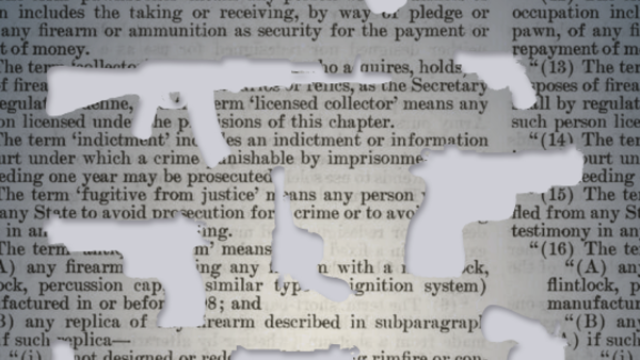Trafficking of Guns
Trafficking of Guns
What is the problem?
Criminals get their hands on tens of thousands of guns every year through illegal trafficking. States with weak gun laws often serve as suppliers of guns to states with stronger gun laws. Law enforcement is constrained by insufficient laws to crack down on gun trafficking.
The U.S. lacks a strong federal gun trafficking law to crack down on illegal networks that supply guns to criminals. Prosecutors who want to fight traffickers must rely on a law that prohibits “selling guns without a federal license.” This weak law carries the same punishment as trafficking chicken or livestock. Nearly a third of traced guns were brought across state lines before being used in a crime—8 of these 10 states did not have background check laws during the study period. A strong federal trafficking law would enable law enforcement to crack down on gun traffickers—and keep trafficked guns off our streets.
What are the solutions?
-
Prevent Gun Trafficking
The United States lacks strong federal gun trafficking laws to crack down on illegal gun trafficking networks. Gun trafficking and straw purchasing laws could help keep guns off our streets.
-
Gun Dealer Reform
Laws on how gun stores conduct their business have not been strengthened since the 1960s. Congress should pass comprehensive gun dealer reform.
-
Repeal Restrictions on Gun Trace Data
First enacted by Congress in 2003 as a rider to an appropriations bill, the Tiahrt Rider has restricted public access to data about gun crime and firearm trafficking.
-
Smart Guns and Gun Safety Features
A personalized—or “smart”—gun is a firearm that employs authorized-use technology, like the thumb scan or passcode available on many smartphones, to turn stolen guns and guns accessed by children into harmless pieces of steel. If widely implemented, it would be a game-changer for keeping guns out of the hands of children and criminals.
-
Stop Downloadable Guns
Downloadable guns, or 3-D printed guns, are serious threats to our communities. The key to stopping the spread of downloadable guns is to stop the spread of the computer code that is used to 3-D print the firearm or its parts.
Featured Resources
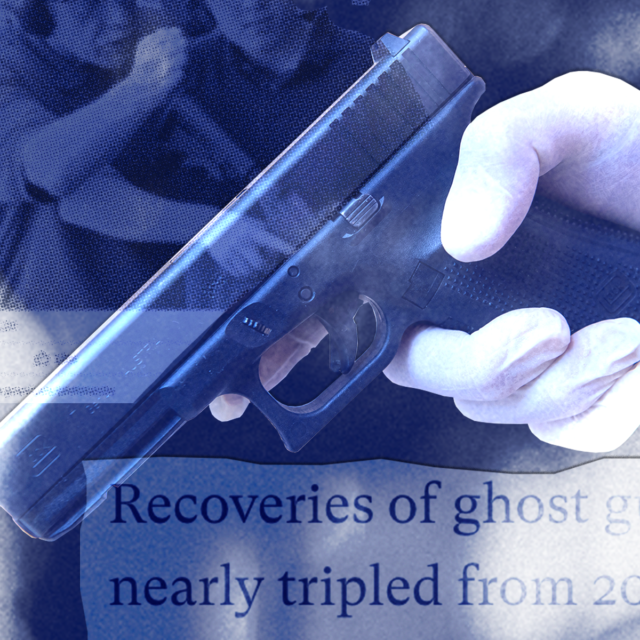
Who is Manufacturing Crime Guns? City-Level Data on Crime Gun Recoveries by Manufacturer
This analysis sought to answer the question of which gun manufacturers’ weapons are showing up at America’s crime scenes.
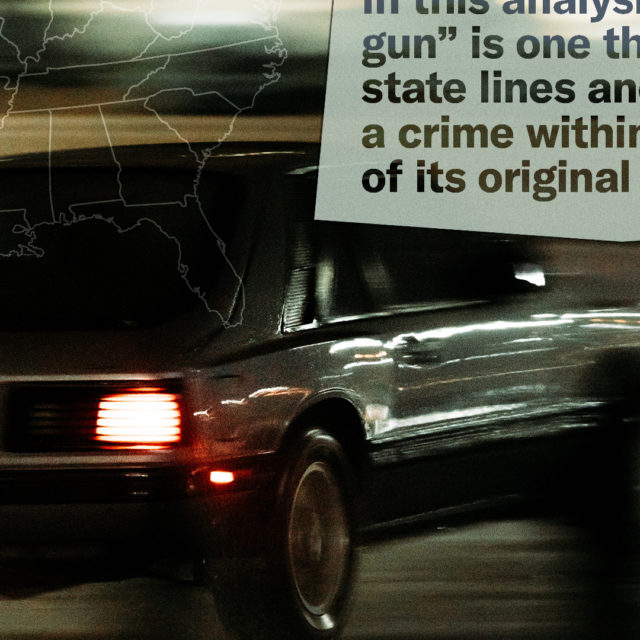
Five Things to Know About Crime Guns, Gun Trafficking, and Background Checks
The current patchwork of state laws makes it easy for individuals to traffic firearms from states with weaker gun laws.
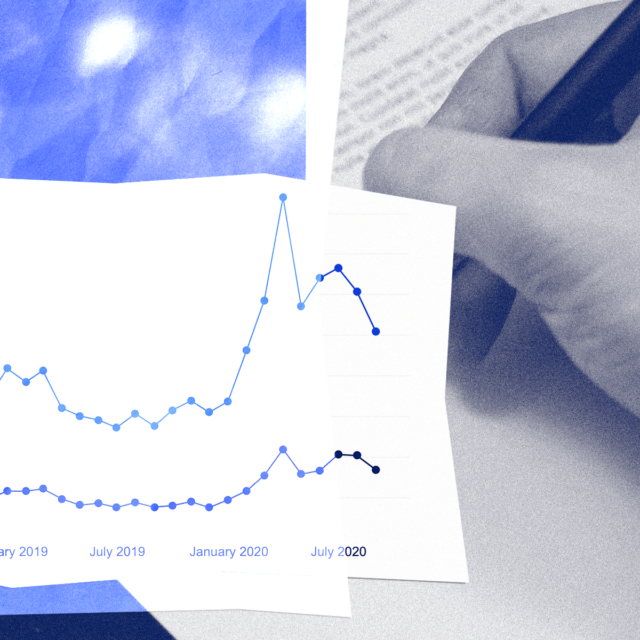
Undeniable: How Long-Standing Loopholes in the Background Check System Have Been Exacerbated by COVID-19
Loopholes must be addressed to ensure that guns are not sold without a completed background check.
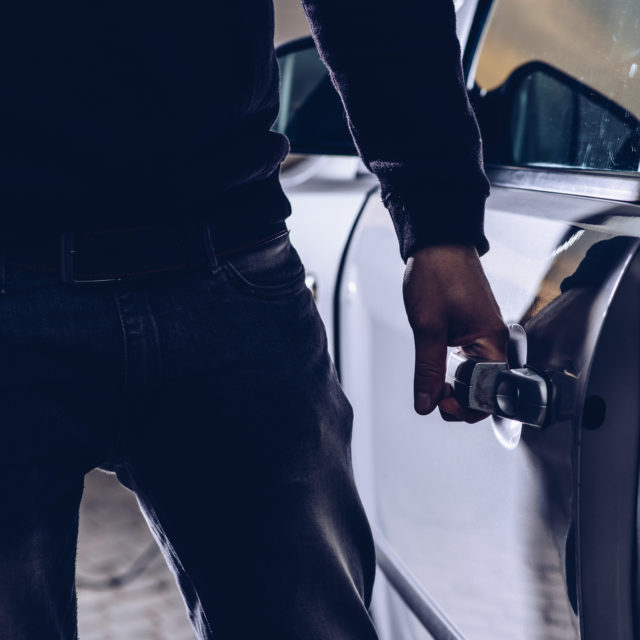
Stolen Guns Pose a Tremendous Risk to Public Safety
Thousands of guns are stolen every year and often wind up at crime scenes. Stolen guns pose a tremendous risk to public safety.
All Resources
Trafficking of Guns
All Resources
The Smoking Gun
An online resource committed to exposing the gun industry’s role in our gun violence epidemic today.
Everytown Research & PolicyInside the Gun Shop: Firearms Dealers and Their Impact
This report spells out the basic facts about licensed dealers and the relationship between these dealers and gun crimes.
Report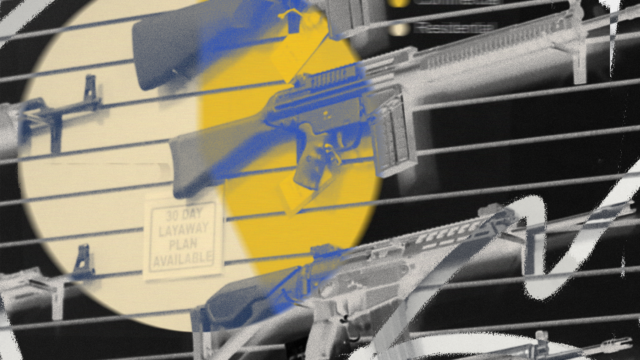
Gun Thefts from Cars: The Largest Source of Stolen Guns
Gun thefts from cars are the largest source of stolen guns—one that continues rising in parallel with rates of gun sales and violence.
Everytown Research & Policy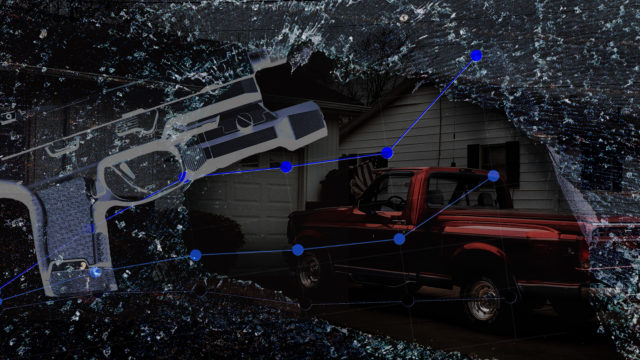
Robos de armas en vehículos: la fuente más grande de armas robadas
Una investigación de Everytown for Gun Safety Support Fund revela que los robos de armas en vehículos son la mayor fuente de armas robadas.
Everytown Research & Policy
Update Background Check Laws
Updating federal and state laws to require background checks on all gun sales is a common-sense way to keep guns out of the wrong hands.
Fact Sheet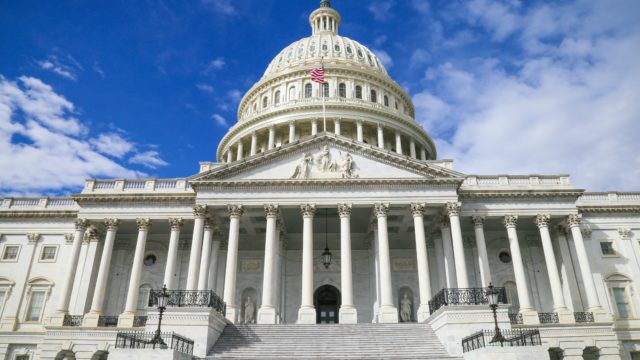
City Gun Violence Reduction Insight Portal
CityGRIP is an online clearinghouse of data-informed gun violence reduction strategies.
Data Tracker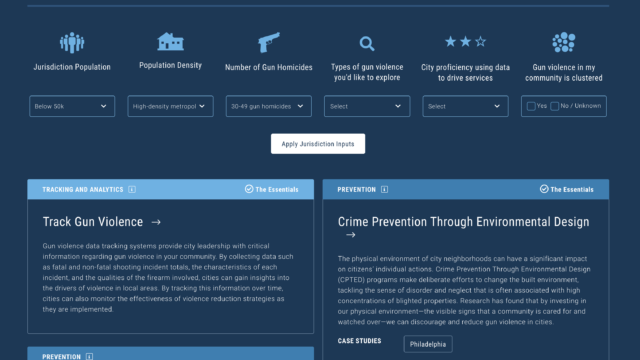
State Firearm Preemption Laws
State firearm preemption laws are a relatively recent phenomenon inconsistent with centuries of American history in which cities and rural areas had different gun laws.
Fact SheetBusiness As Usual
History of a Loophole Americans suffer from an extraordinary rate of gun violence, 20 times higher than nations with comparable levels of economic development.
Report